Wallace in Borneo – Bill Bailey’s Jungle Hero – BBC (2013)
The theory of evolution was co-discovered independently by two biologists that lived within the same time period. Darwin and Wallace were well known in their time but Wallace’s name gradually has been overshadowed by Darwin. Today we rarely (almost never) hear the name Alfred Russell Wallace. In the past there have been a few documentaries making a rare attempt to focus on the biography of this very influential biologist including an episode in Jacob Bronowski’s 1973 The Ascent of Man […]

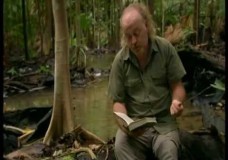
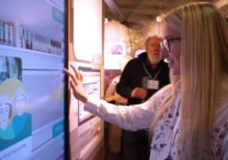
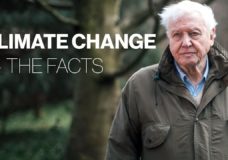
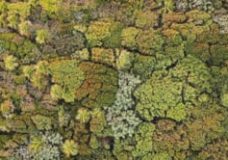
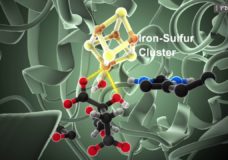
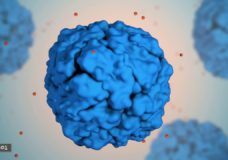
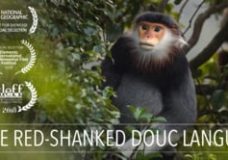
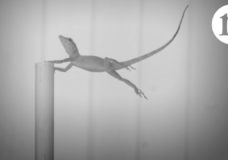
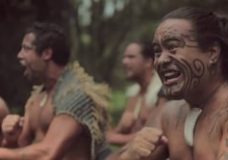
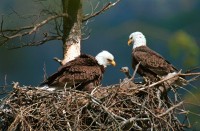






Recent Comments